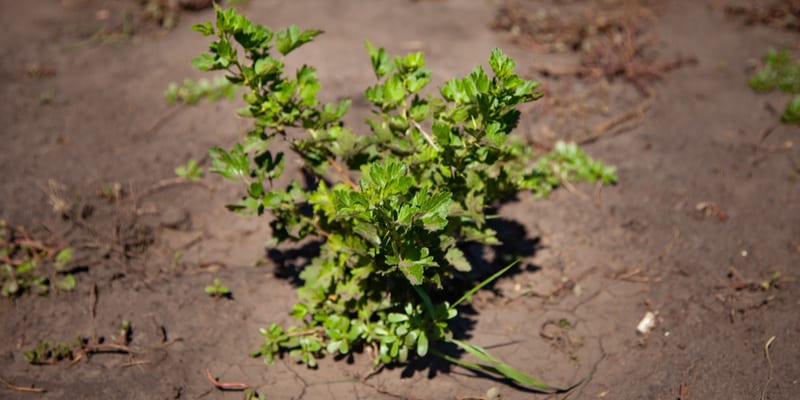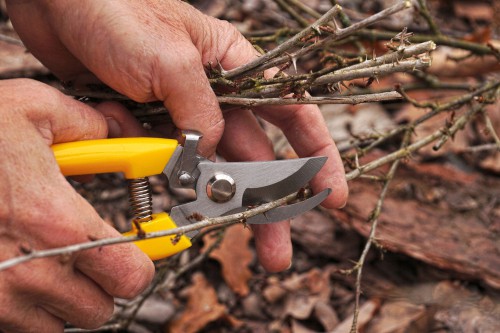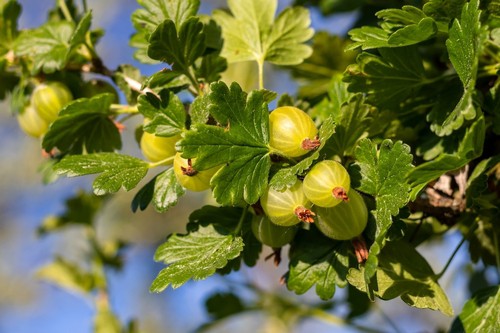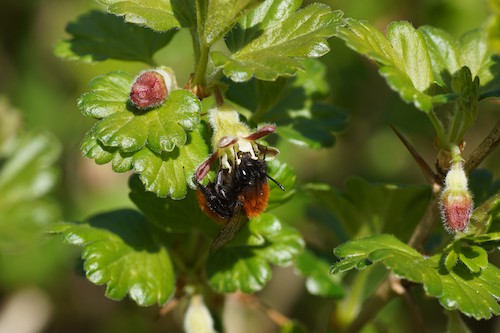
Why Does My Gooseberry Bush Not Fruit
Our site is reader supported, this means we may earn a small commission from Amazon and other affiliates when you buy through links on our site.
The major reason people grow gooseberries is to indulge in the delicious fruit. If you have gooseberry plants around, you expect them to bear fruit at a certain point, and if this doesn’t happen; there is a problem. If you are facing this challenge, below are factors affecting your plant’s ability to fruit and what you can do about it:
The two most common reasons for gooseberries not fruiting are either they are simply too young, they need a good 3 years to establish properly. The second most common reason is lack of or incorrect pruning. Gooseberries fruit on growth that is 2 to 3 years old, any older and they will produce poor yields. This means they need pruning every year, ideal in winter or spring and you want them to have an open centre, goblin shape.
You can learn more about when and how to prune gooseberries here in more detail
If you have pruned correctly and your plant is established, then read on for more reasons your gooseberry might not be fruiting.
Too young, just needs more time
The first time you deal with gooseberries, you may expect the plant to produce fruits after the first three years. However, different varieties offer different times when it comes to flowering and producing fruits. Give the plants time to establish fully before expecting fruits because as long as they are healthy and sitting in fertile moist soils, they will eventually flower.
You can also learn more about when gooseberries are actually in season here
Lack of nutrients
Gooseberries are not shy when it comes to feeding. They love soils with adequate moisture and plenty of goodness in the soil. These plants prefer potassium-rich soils to thrive; therefore, incorporate such fertilisers into the soil. I like to feed mine with fish, blood and bone after feeding and make sure they get plenty of water, especially if grown in pots as I do here.
Lack of adequate nutrients will not only affect the plants’ capability to produce fruits but may also stagnate growth.
Lack of water
While gooseberries are tolerant of various soil types, they cannot thrive in dry soils, this is more important in pots where the roots are restricted to the pots. A thirsty plant has no resources to produce plump and delicious fruit. The soil used to grow the plant should offer nutrients and water to the plants. I sometimes like to use mulch to prevent the soil from drying out, especially during dry spells.
Excess Nitrogen
Plants need nitrogen for healthy foliage, however, too much of it does more harm than good. Over-fertilized gooseberries encourage lush foliage but little to no fruit. To prevent this, choose fertilisers that don’t contain high levels of nitrogen and follow the instructions as directed.
Climate variations
If you grow potted gooseberries, and you have recently moved to a new location with a different climate, the plants may be affected. This is especially if the temperature difference is extreme or you have moved them into a more shady position. Gooseberries enjoy cool temperatures; therefore, high temperatures/heat may disorient the plants.
Pollination
Sometimes your gooseberry plant lacks fruit due to lack of pollination. Although gooseberries are categorized as hermaphrodites and thus can pollinate themselves, sometimes it does not happen. That is why bees, birds, and butterflies are important in the garden. You can try and plant butterfly bushes and other beneficial insects around the garden to attract different pollinators that will guarantee pollination.
Also, be on the lookout for gooseberry sawfly which can be a real problem but they strip all the foliage off the plants. You can learn more about Gooseberry sawfly here.
Conclusion
Though your gooseberry plants are not producing fruits for the time being, it does not mean that it will never happen. Continue to provide your plants with water, fertiliser, and access to sunlight; eventually, they will produce fruit again. If pests and diseases are behind the issue, apply treatment and give the plants time to recover normal functions.
You can also learn how to grow gooseberries from cuttings here which can be an easy project to try.
Once you managed to get a successful crop of fruit you can also learn when the best time to pick them is here.


